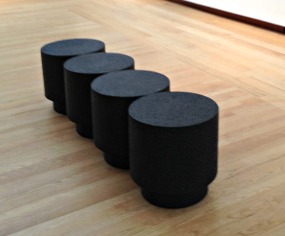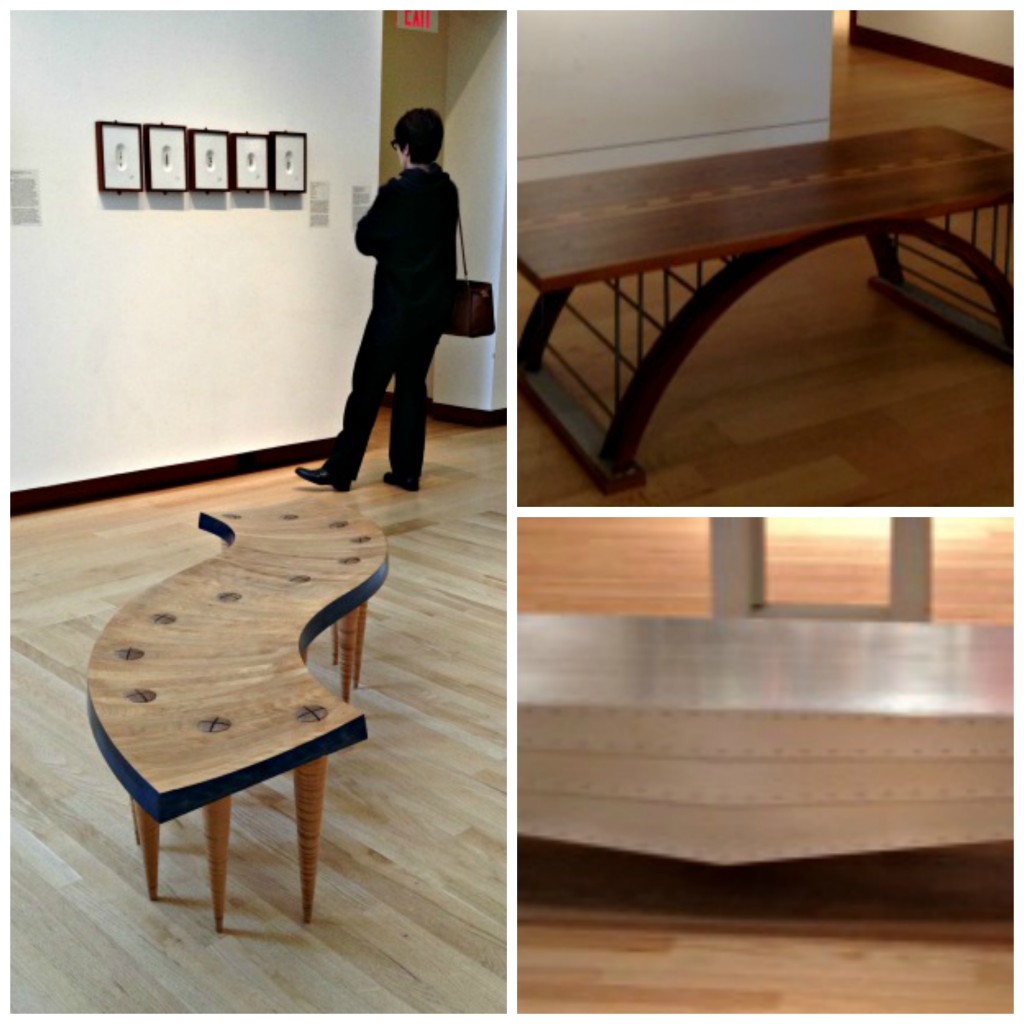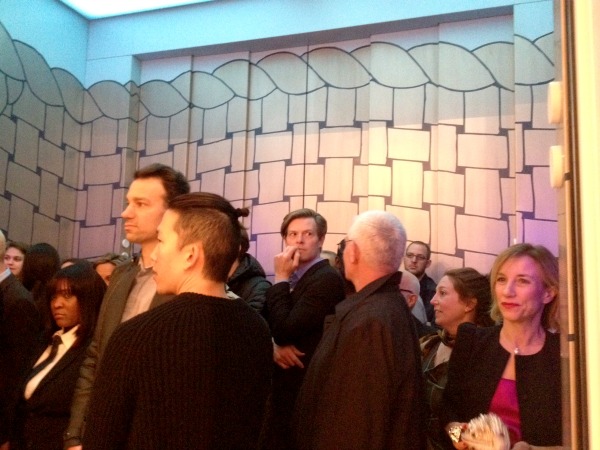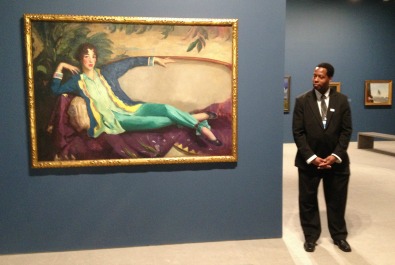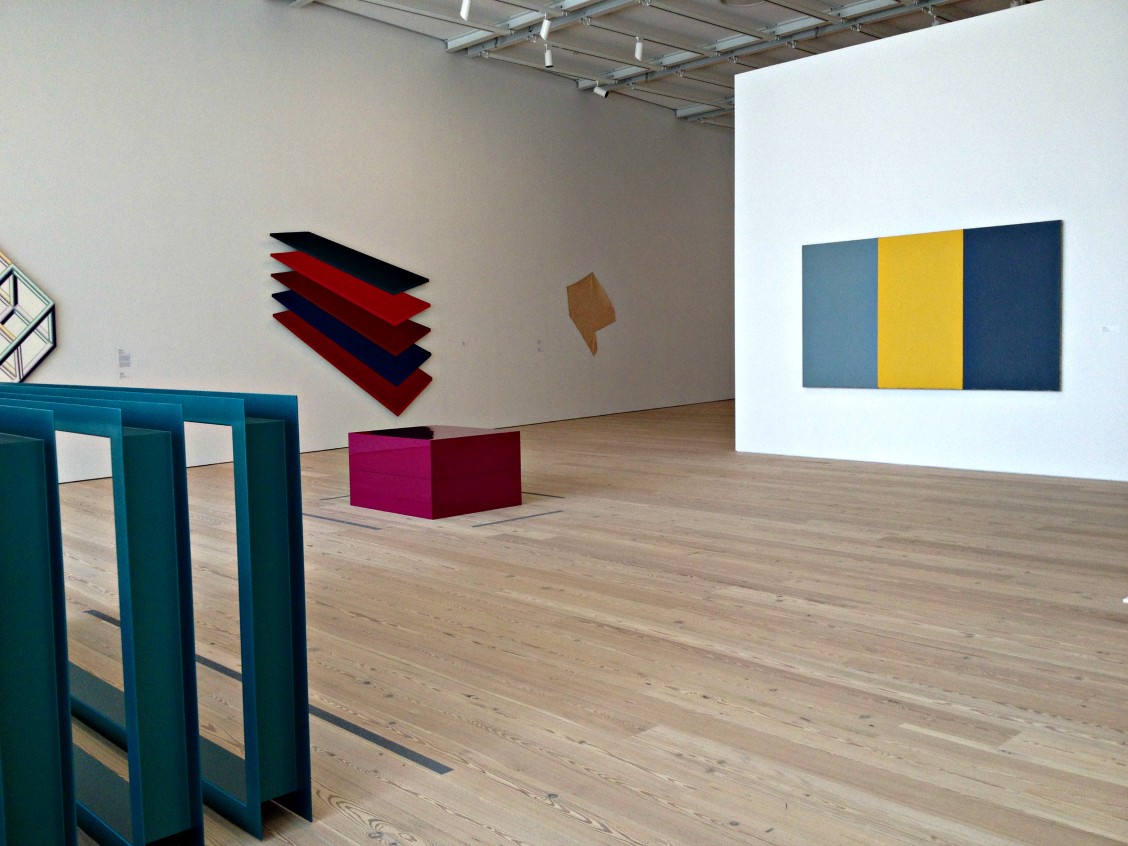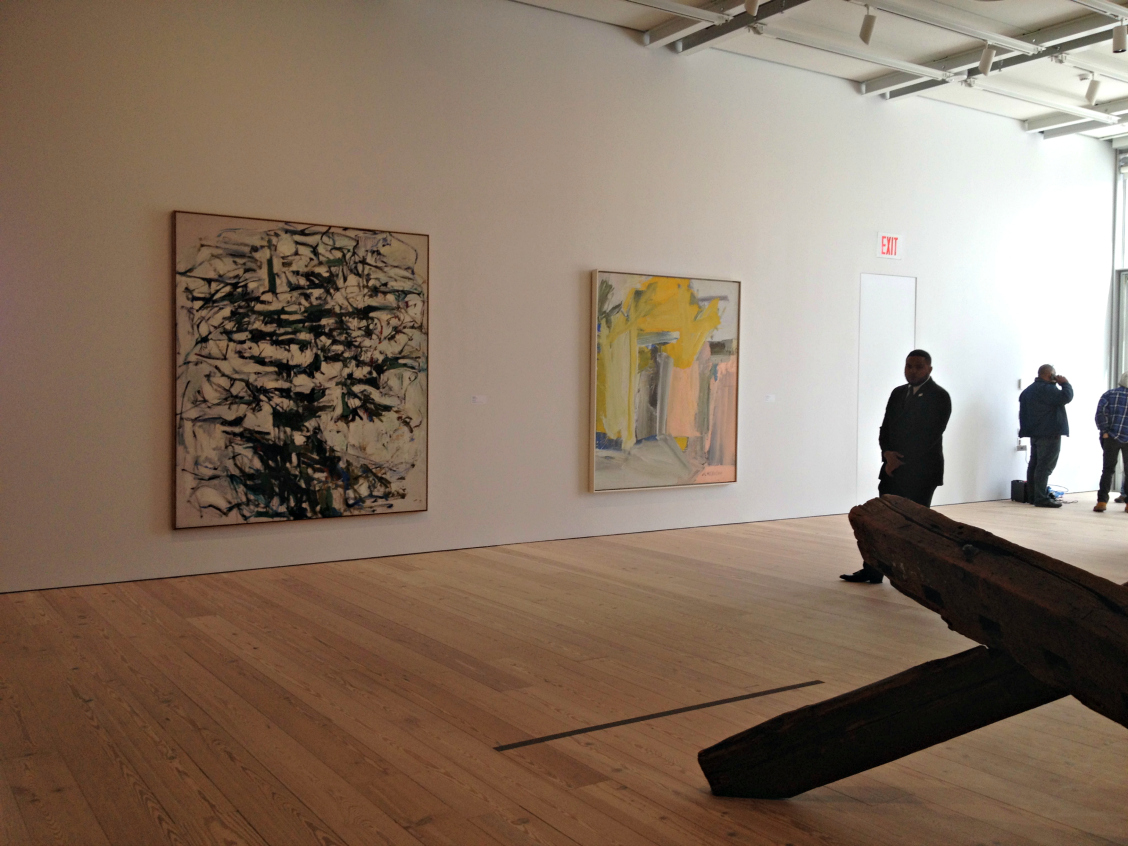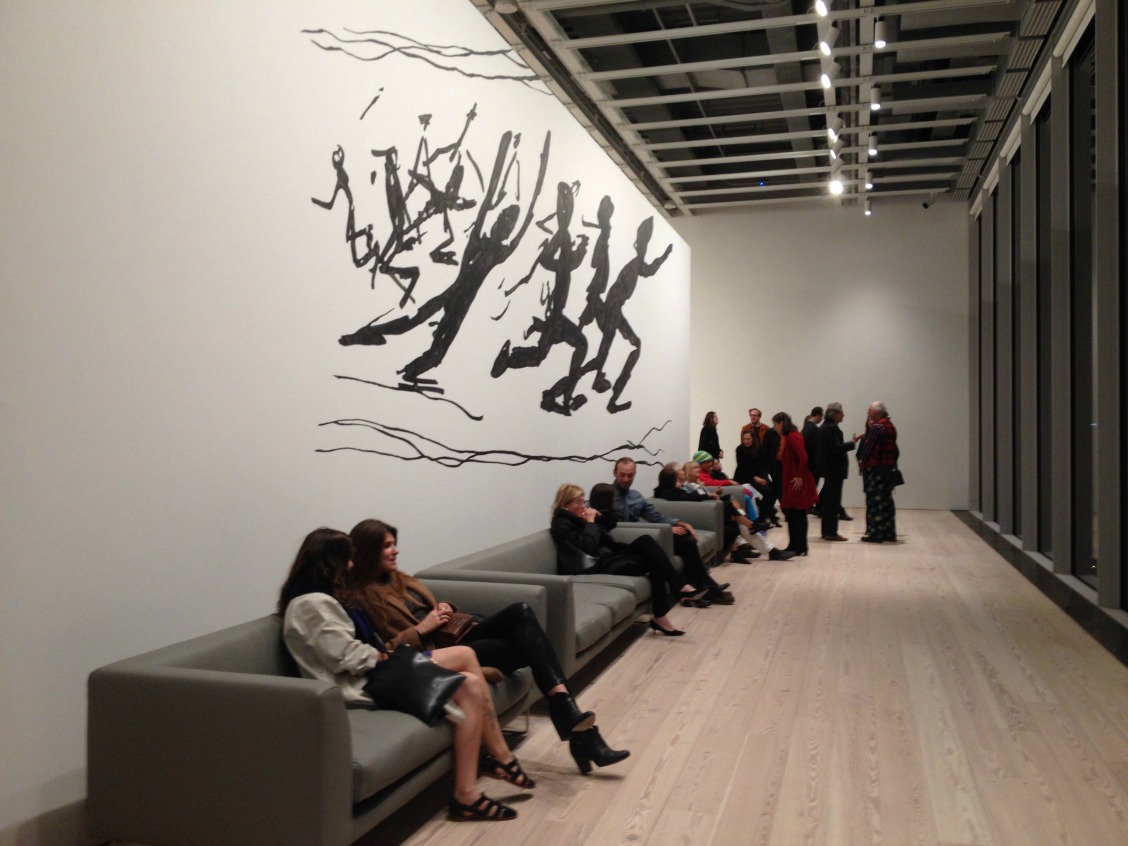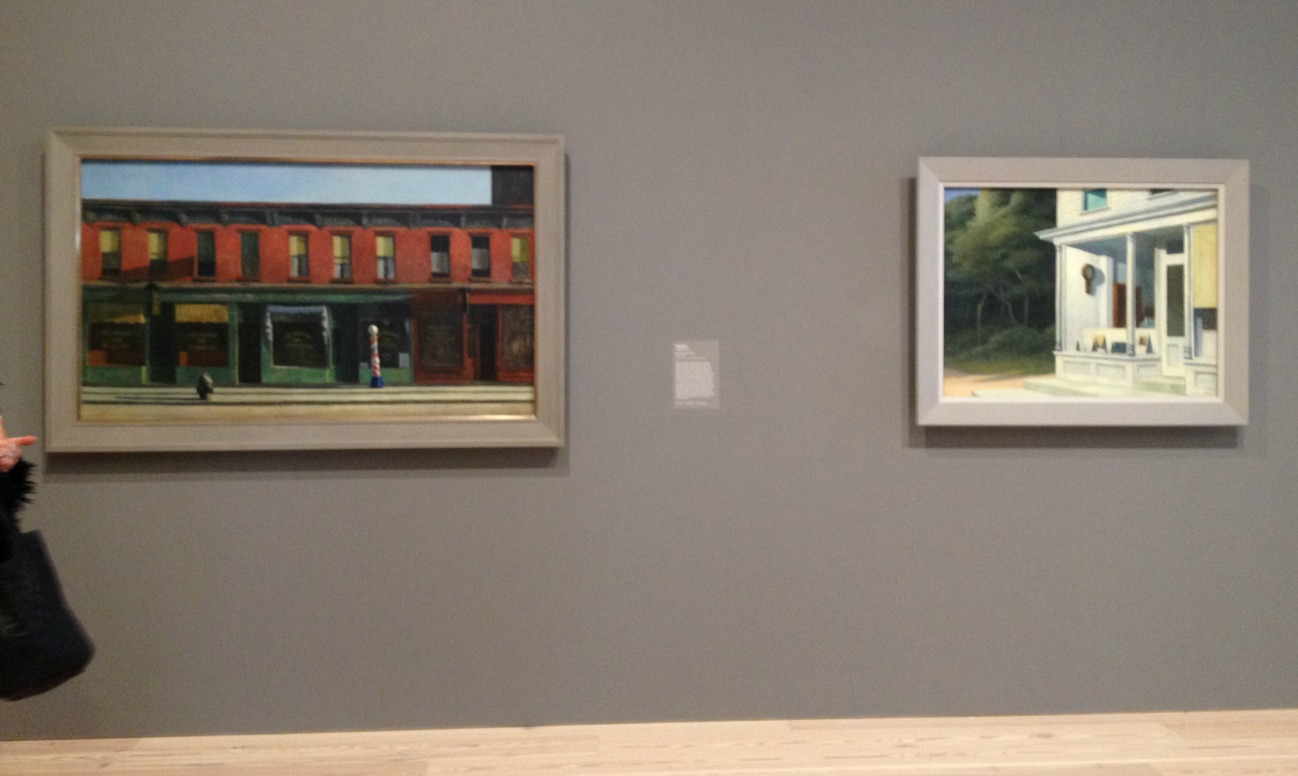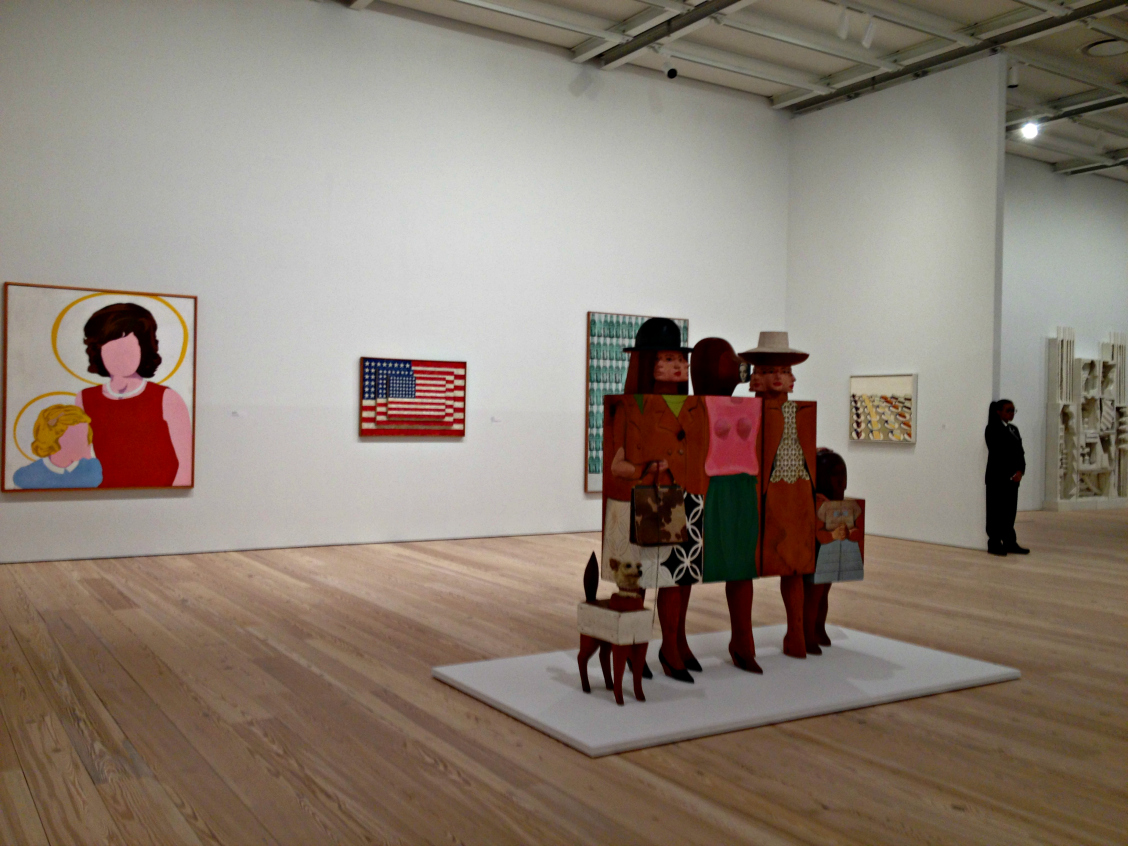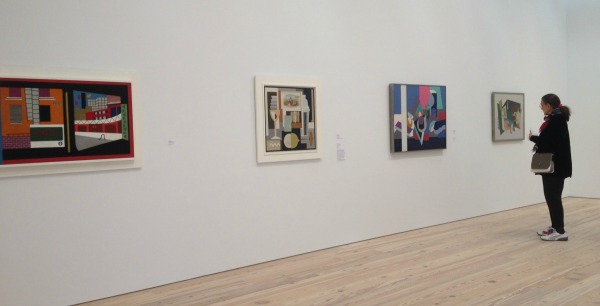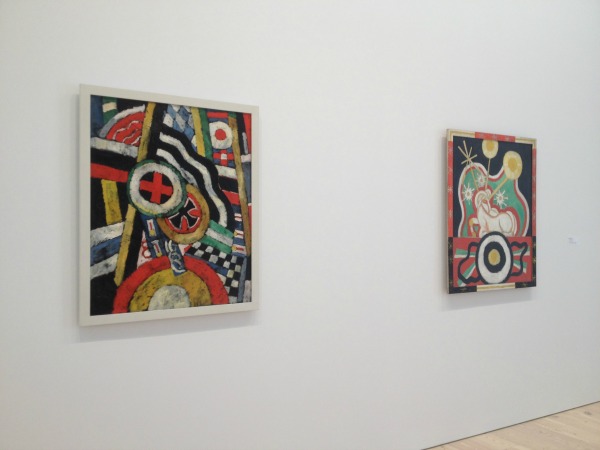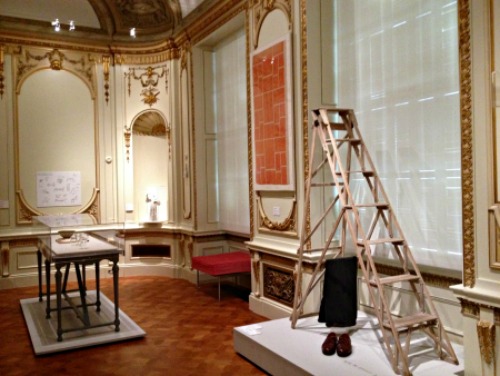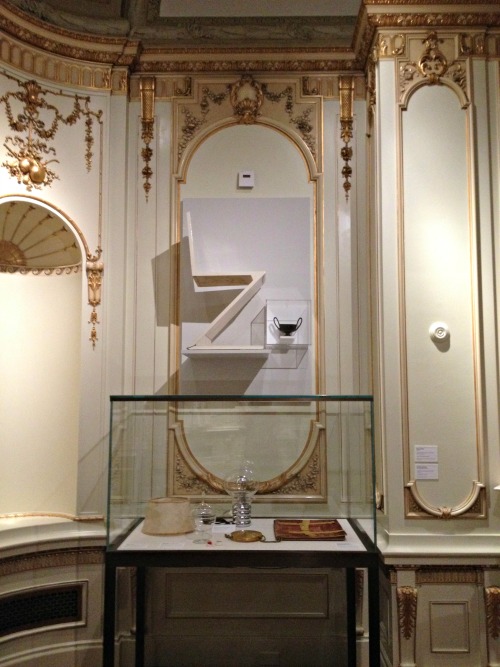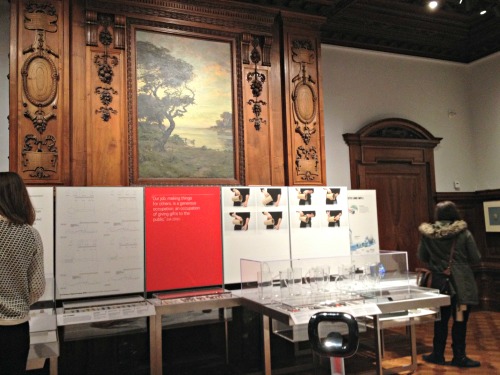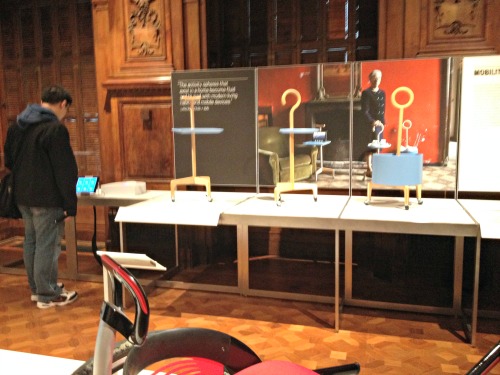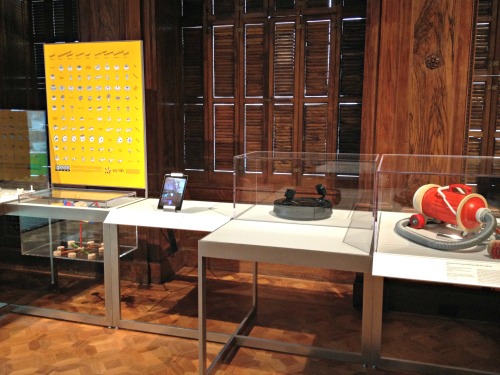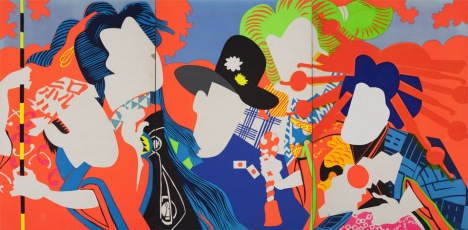What was that song from Gypsy–“You gotta have a gimmick,” right? Sadly some museums are trying gimmicks to lure people into their galleries and I fear this will all end badly.
Let’s take a look at the Dulwich Picture Gallery, which does have a visitorship problem, apparently, considering that it has a splendid permanent collection. In January, The Independent said that the permanent collection there draws just 200 visitors a week (compared with 2,000 per week when there is a temporary exhibition). On Apr. 29, the same paper said it “usually gets about 500 visitors a week.” Either way, that’s not enough (although I’d bet the location is part of the problem–going from London to Dulwich via train can take 45-60 minutes).
In January, the Dulwich tried a “provocative intervention” in which a contemporary artist selected a picture in the collection, removed it and had it replaced with a replica made in China. The public was invited to spot the fake, voting on which work it was. As I wrote then, Guardian critic Jonathan Jones didn’t like it (“It will confuse the public, undermine the pleasure of looking at the great paintings on its walls, and replace the joy of learning about art with a glib postmodern game that is pretentious and destructive…”).
Still, I gave the Dulwich a pass then because I agreed with the goal.
Now, however, I have to say the Dulwich is on a wrong path–even though it may be working temporarily. Press reports say that people flocked to the museum to look for the fake, and the museum says that by the time the game was over last week  “Nearly 3000 people submitted their vote via iPads in the Gallery, revealing some popular red herrings by Gainsborough, Rubens and other suspects.” Visitorship doubled during the three months of the contest.
The fake, revealed last week, was a replica of Fragonard’s Young Woman. About 10% of the voters got it right. Have a look.
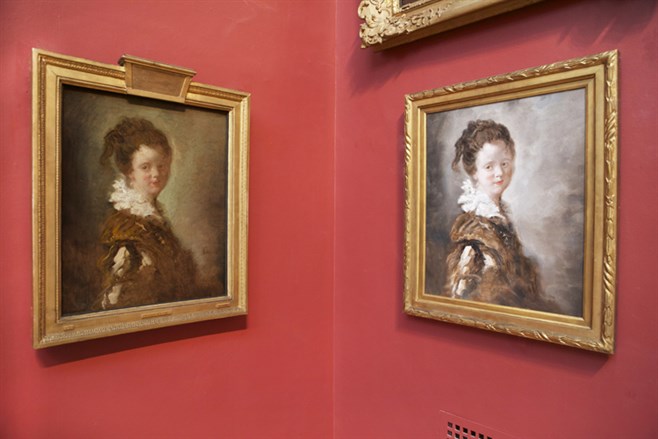
Getting people to look more carefully at artworks, even in a game, is a worthy goal. The trouble comes in the aftermath, the expectations that are raised. For evidence I cite one Rosie Millard, a British journalist for many publications who wrote an opinion piece for The Independent on the Dulwich experiment in which she identified “two universal truths of visiting art galleries.”
One is that visiting a gallery is quite hard work. On the face of it, going to an art exhibition might be much easier than going to a modern dance piece, since you can drift around, chatting, and visit the gallery shop or café, after about 40 minutes. You don’t need to, as Bray puts it, “actively look†at each picture. This is not wholly surprising, since in order to engage even with the greatest Old Masters, you need to be up on people from the Bible, understand the social niceties of the day, even have a vague grasp of 17th-century politics. And not every gallery can provide that information in an easily accessible way. Which is where the second truth comes in.
Art needs to be entertaining. …Giving visitors some sort of activity – over and above that of standing in front of a picture nodding gently – is bound to work, because people love a challenge….Of course galleries should be places for scholarship and silent wonder, but they also need to be a place for games, and fun, and challenges – and not just for the under 12s….Art galleries ought to be amusing. …Yes, they are uplifting and educative, but just like the theatre or the cinema, they ought to also give you the promise of excitement and thrilling engagement when you walk up the gravelled path and pass beneath the grand entrance.
I agree with her last sentence. What’s dangerous is the idea that “art needs to be entertaining” and that galleries “need to be a place for… fun.”
I suppose it depends on one’s definition of “entertaining,” but would you say that Guernica is fun? Or The Raft of the Medusa? Or the great Isenheim altarpiece? Or Bruegel’s Mill and the Cross? Or, for that matter, most great works of art?
Engaging, yes. Not necessarily entertaining. Let’s not let that idea gain even more currency, even as the Dulwich attempts to prompt people to become connoisseurs.
Photo Credit: Courtesy of the Dulwich Picture Gallery


